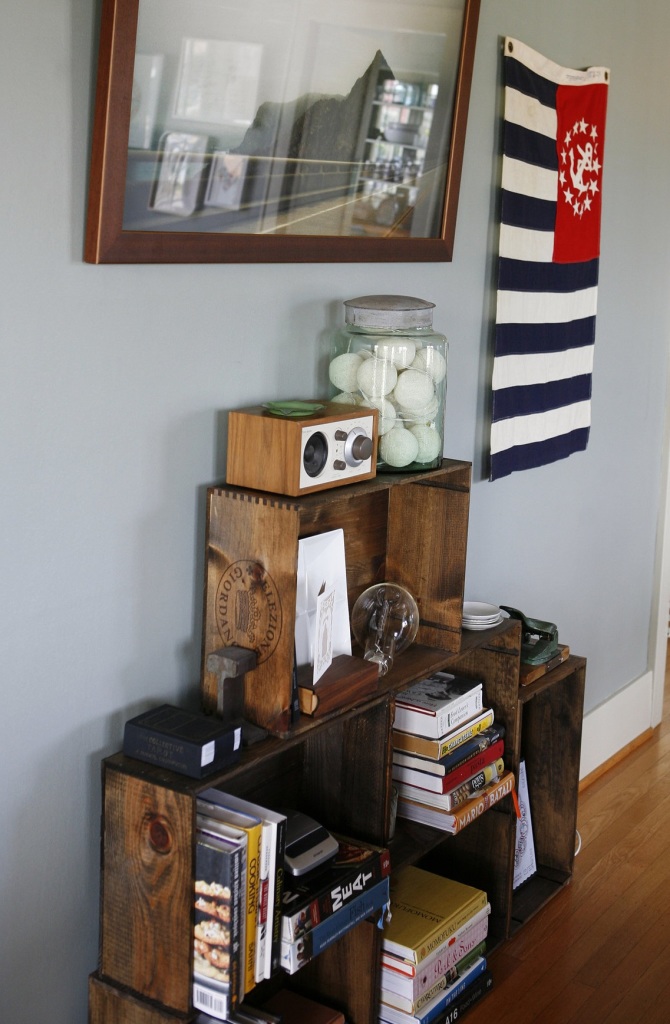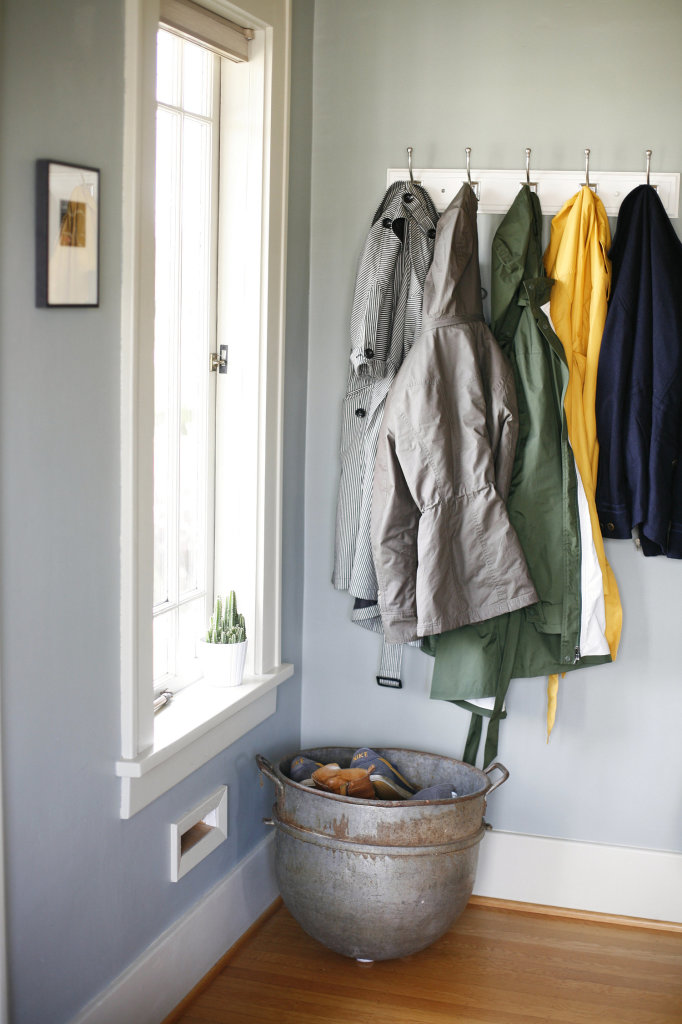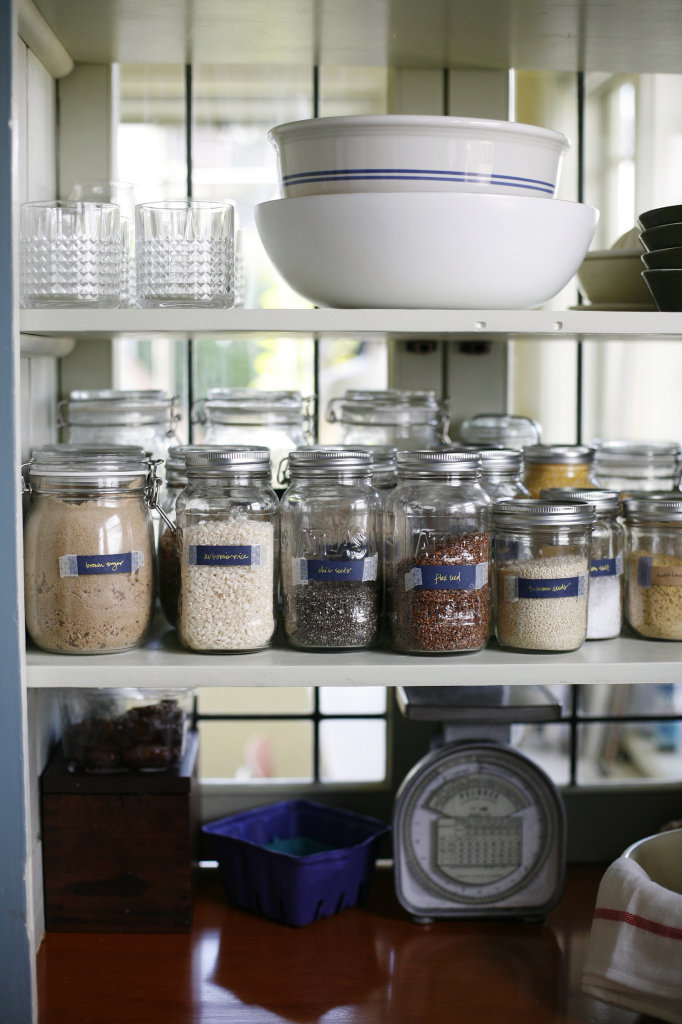This year has demonstrated, perhaps more than ever, the importance of our family, friends, neighbors, and community. It truly “takes a village” to keep a community functioning effectively, whether that’s by keeping our waterways clean, feeding the hungry, teaching our kids, or supporting small businesses.
With the holidays right around the corner, December offers the perfect opportunity to give back to the place we call home. You might want to focus your efforts near home, expand to our larger community, or even help support the people closest to you. Whether you’re passionate about a particular cause or just want to get more involved in general, let these 10 ways, both big and small, inspire you to do good in your town.
GIVE BACK NEAR HOME
#1. Attract local wildlife. By making your neighborhood more wildlife friendly, you’re helping to create a balanced and healthy ecosystem. Plus, many of the animals you can attract help with pest control and pollination.1
Ideas:
- Add a birdbath to your backyard or create a rain garden to attract wildlife (and filter out local pollutants).
- Place bird feeders on your property to feed birds all year long.
- Tie corncobs to tree branches to feed squirrels.
- Hang birdhouses on your property to provide shelter.
- Use native plants in your landscaping to provide food and shelter for birds, bees, butterflies, and other critters.
Take action: While you might not be able to “break ground” until spring, start researching native plants now to design a landscaping plan that provides food, shelter, and water for local wildlife.
#2. Clean up our community. Besides beautifying the area, picking up trash keeps it out of our local waterways, which means a cleaner water supply for all of us.
Ideas:
- Whether you make this a solo effort or join in an organized group event, pick up trash in your neighborhood, at a local park, or elsewhere in our community.
- Depending on your community’s regulations, you can recycle many home items such as paper, glass, and aluminum.
- And don’t forget to clean the exterior of your home, where water runoff (such as on your driveway and sidewalks) can carry debris into the local sewer system.2
Take action: Check with your local municipality to learn about environmental clean-up efforts in our community, as well as recycling and composting.
#3. Organize or join a neighborhood watch. According to a recent report, neighborhoods with Neighborhood Crime Watch programs experience roughly 16 percent less crime.3> Keeping an eye out for each other instills a sense of safety and security in your neighborhood by increasing surveillance, reducing opportunities, and enhancing information sharing among residents. Even if your neighborhood doesn’t have an official program, you can still share crime information via a neighborhood Facebook group or apps like NextDoor.
Ideas:
- Make a point of looking out for each other and being observant of what’s going on.
- You can even make it official by joining a neighborhood watch program.
- Don’t have one? Consider launching a neighborhood watch program with the help of other interested neighbors.
Take action: Some police forces use online mapping tools that provide crime alerts to people in neighborhoods where recent criminal activity occurred.3 Share this information with your neighbors.

HELP OUT LOCAL ORGANIZATIONS
#4. Boost your civic engagement. Regardless of your politics, you can get more involved as a citizen to make a positive difference in our community.
Ideas:
- Sign a petition to make a needed change in our community.
- Join a peaceful march, protest, or rally to support a cause dear to your heart (following social distancing, of course).
- Attend local school board meetings, zooms, town halls, or city council meetings to understand (and have a voice in) local issues.4
- Watch (and read) a variety of local news sources to get balanced reporting on what’s happening in our community.
- If you don’t know your neighbors very well, introduce yourself.
- Then make a commitment to check in on those who might need help, such as an elderly neighbor.
- Get plugged into the resources and events in our town by visiting local museums, taking historical tours, borrowing materials from our local library, and attending community festivals.
Take action: Do you know who our local leaders are, such as our mayor or city councilwoman? Get to know their names, their policies, and their stand on issues that affect our community. Subscribe to their newsletter and follow them on social media.
#5. Support local businesses. Our community has been impacted by the pandemic, with many businesses being forced to limit capacity, instill social distancing efforts, and even shutter entirely in some cases. Help keep money in our local economy by shopping local instead of relying on online shopping from national chains.
Ideas:
- From handcrafted soaps and one-of-a-kind apparel to locally produced chocolate and small-batch wines, you’ll find plenty of unique gifts at the small businesses that dot our community.
- Consider purchasing tickets to attend live-streamed holiday concerts and shows.
- Buy cookies and other baked goods from our local bakery.
- Get takeout from our local restaurants.
- Support local farmers by purchasing fresh fruits and vegetables at community farmer’s markets.
Take action: If you’re concerned about shopping in person right now, many of these businesses, though small, offer online shopping, with options for in-store pick-up, curbside delivery, and/or mail options.
#6. Donate to local charities. Nonprofits could always use your financial support, so consider making a monetary donation to help them carry out their mission in our community. But if money is tight (or you want to support in other ways), think beyond just donating dollars.
Ideas:
- Consider donating to a charity in someone else’s name as an altruistic gift on behalf of a friend or relative.
- Give blood to our local blood bank.
- Donate new or used books to our community library.
- Send school supplies to our neighborhood elementary school.
- Help struggling neighbors by donating blankets to the homeless.
- Pick out toys to give to a charity that caters to families.5
Take action: Many collection efforts run by charitable organizations and businesses take place during the holidays. Look to see what’s already taking place in our community and choose one or more to give to this season.
CARE FOR YOUR NEIGHBORS
#7. Organize a holiday food drive. This year, in particular, people are struggling to pay their bills and put food on the table. The pandemic has caused many businesses to close or reduce their staff size, putting many people out of work.
Ideas:
- If you personally know someone who needs help buying groceries, reach out and offer to help that one family.
- If not, partner with a local food bank, soup kitchen, nonprofit or community organization that feeds people in need.
- Round up a few friends, family, co-workers, or neighbors to collect food for a few weeks. Then deliver the bounty in time for the holidays.
Take action: Take advantage of your grocery store coupons and buy-one-get-one offers to inexpensively stock up on nonperishable goods.
#8. Adopt a family or an individual. The holidays can be a struggle, especially financially, for some families. They might not be able to buy a Christmas tree or presents for their children. Maybe their holiday meal consists of boxed macaroni and cheese because they can’t afford a turkey and fresh vegetables. You can make a difference by “adopting” a particular family (or even just a child) to help make their holiday special.
Ideas:
- If you know a needy family, help them directly.
- If not, ask a community group for the name of a family or individual in need.
- Some businesses even sponsor toy drives or “angel trees” where you can pick the name of a needy family off the tree and buy from their wish lists.
Take action: This works great as a family project. Get the kids in your life involved to help make holiday cards and pick out toys to give to the children in the adopted family.
#9. Volunteer. Depending on your schedule and your preferences, you might be able to volunteer in-person or from home, whether it’s a one-time effort or ongoing project. It’s a great way to meet like-minded people in your community as you make a positive impact together for a shared cause.
Ideas:
- Give your time to a cause or organization that really matters to you, such as your local school, animal rescue organization, mental health awareness group, or environmental nonprofit.6
- Tap into a skill you already have, like creating videos, and offer your services.
- Or learn a new skill (like fundraising) to benefit your cause of choice.
Take action: Start with your local community to see where its needs are the greatest. Make a point to help this holiday season, perhaps extending your commitment throughout 2021.
#10. Perform random acts of kindness. Don’t think you need to “go big or go home” in your give-back efforts. You can make a big difference one small act at a time.
Ideas:
- Give a generous tip to a waitress.
- Pay for the coffee of the car behind you in the drive-through.
- Take care of a neighbor’s pet while they’re out of town.
- Send holiday cards to deployed military personnel.
- Deliver a plate of homemade holiday cookies to our local fire or police station.
- Smile at a stranger.
- Rake leaves for an elderly neighbor.
- Thank your child’s teacher for all their hard work this year.
- Send an uplifting text to a friend.
- Compliment someone.
- Help a coworker with an unpleasant task.
Take action: Need more ideas? Visit randomactsofkindness.org for hundreds of inspiring ways to make someone’s day a little brighter.
HOW WE CAN HELP YOU?
As a real estate expert in the local community, I’m tuned into the unique needs of the place we all call home. Reach out to me today to discuss more ways to make a positive impact in our community—this holiday season and beyond. And I want to make sure you’re taken care of, too. If you’re thinking about buying or selling a home now or in the near future, let me help you!
Sources:
- Redfin –
https://www.redfin.com/blog/attract-wildlife-to-your-backyard/#:~:text=Sow%20plants%20that%20provide%20essentials,these%20alternate%20natural%20food%20sources - The Groundwater Foundation –
https://www.groundwater.org/action/home/raingardens.html - The Globe and Mail –
https://www.theglobeandmail.com/life/home-and-garden/how-neighbours-and-online-maps-can-help-deter-break-ins/article34886427/ - Parade –
https://parade.com/1083640/stephanieosmanski/what-is-civic-engagement/ - MentalFloss –
https://www.mentalfloss.com/article/88663/15-ways-give-back-holiday-season - Together We Rise –
https://www.togetherwerise.org/blog/7-ways-give-back-community/

















